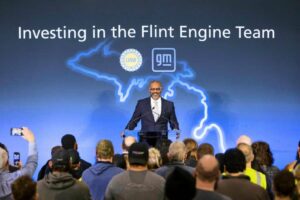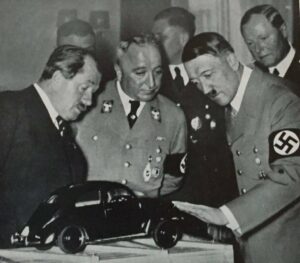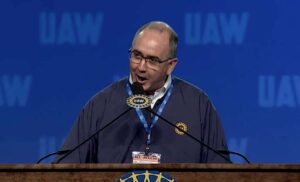It should have marked the pinnacle of a long career. But when Lloyd Reuss was named General Motors President in 1990 he walked into a maelstrom. The automaker was in the midst of a fast-accelerating crisis — its market share collapsing and its earnings diving deep into the red. Once hailed as a change agent, the industry veteran found himself positioned to take the fall, forced out three years later after a 36-year career.
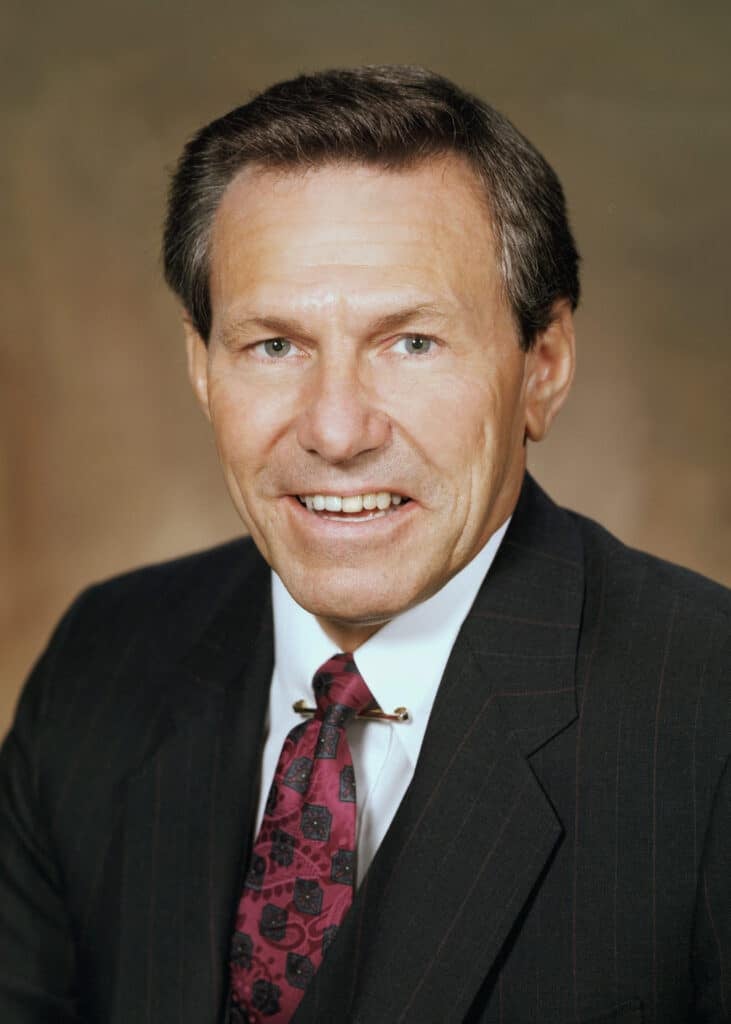
But where so many Detroit executives quickly moved to warmer climes after finishing up their own tenures, Lloyd Reuss dug in, spending much of his remaining years as a widely respected community leader and Detroit advocate. And for many who knew him, that was the true highlight of his life. Lloyd E. Reuss died Friday after a series of illnesses at the age of 86.
“Lloyd Reuss was a talented executive and leader of GM and was also a strong force for good in the community with his service, dedication and tireless efforts on behalf of others,” GM CEO Mary Barra said in a statement. “My thoughts and deepest sympathies, along with those of everyone at General Motors, are with Mark (Reuss, GM’s current president) and the entire Reuss family.”
“A true car guy”
Trained as an engineer, Reuss has variously been described as a “true car guy,” and “a true GM man.” Indeed, his ties to the company ran deep, his father owning a Chevrolet dealership in Illinois, where he was born, the Detroit Free Press noted. Two children have worked for the automaker, including Mark, who has served as GM president since 2019, while granddaughter Amanda Reuss has worked in various jobs in GM marketing and communications.
Lloyd’s own career began after a two-year stint as a first lieutenant with the U.S. Army Corps of Engineers. In 1957, when he hired in, General Motors was an overwhelmingly dominant force. It was not just the world’s biggest automaker but controlled nearly two-thirds of the U.S. automotive market — a fact that led the federal government to engage in a years-long, and ultimately unsuccessful bid to break the company up under antitrust laws.
Chevrolet alone would have been one of the world’s biggest auto companies, and it was there Reuss got on the fast track when he transferred. Indeed, everything seemed to move quicker there. “When I started, you didn’t say you were from General Motors,” Reuss told Automotive News in 2011. “You said you were from Chevrolet. The escalators even ran faster at Chevrolet than other parts of the company.”
The Vega
One of his most significant assignments was to lead development of the Chevrolet Vega. Brought to market in 1970 as a 1971 model, it was to be GM’s answer to the small cars that were rapidly gaining share for the Japanese. The little Chevy initially scored well with consumers but was pulled from the market six years later due to a series of quality and reliability issues.
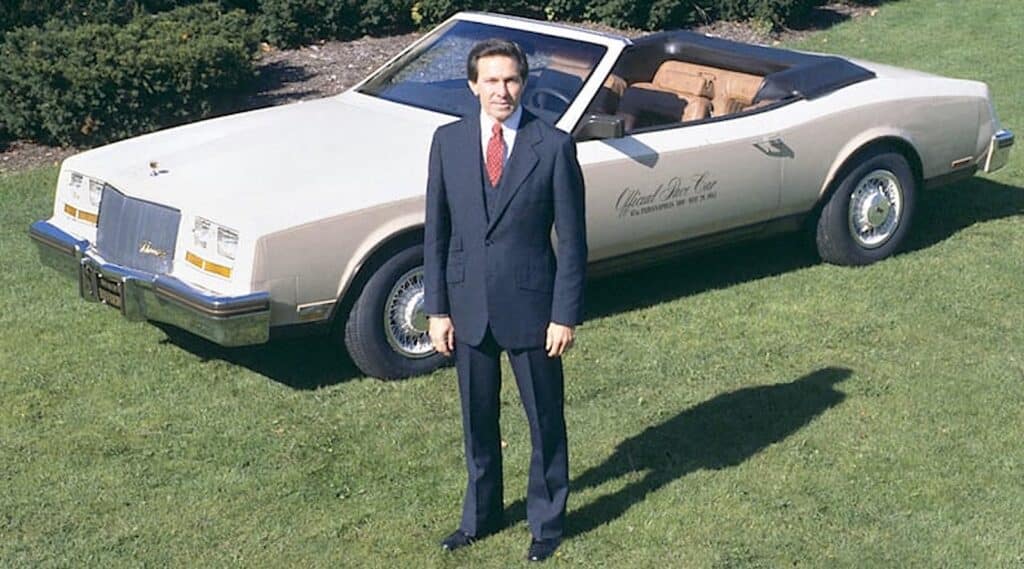
Reuss himself survived the fiasco and was later put in charge of the Buick division. Charged with revitalizing the once-proud brand, he turned to the Japanese once again, modeling a mega-manufacturing complex in GM’s home city, Flint, Michigan, that was to become known as Buick City.
“An unrelenting salesman”
By the early 1980s, Reuss had become one of the go-to guys for new GM Chairman and CEO Roger Smith. Unlike the squeaky voiced Smith, who suffered from a blotchy complexion that showed poorly on television, Reuss was more than an engineer, Reuss had the face and manner that could help sell the company’s new strategy.
“His small, tense body was always on the alert,” the late Maryann Keller, a highly regarded automotive analyst, wrote in her 1989 book, Rude Awakening: The Rise, Fall, and Struggle for Recovery of General Motors. “He rarely unbuttoned his three-piece suit jacket, and his smooth, hard voice carried the tone of an unrelenting salesman.”
Smith, a longtime accountant, was determined to transform GM investing billions of dollars in new products and manufacturing facilities. And when Smith decided to split the automaker into two halves, Reuss was put in charge of the unit combining the highline Buick, Oldsmobile and Cadillac divisions.
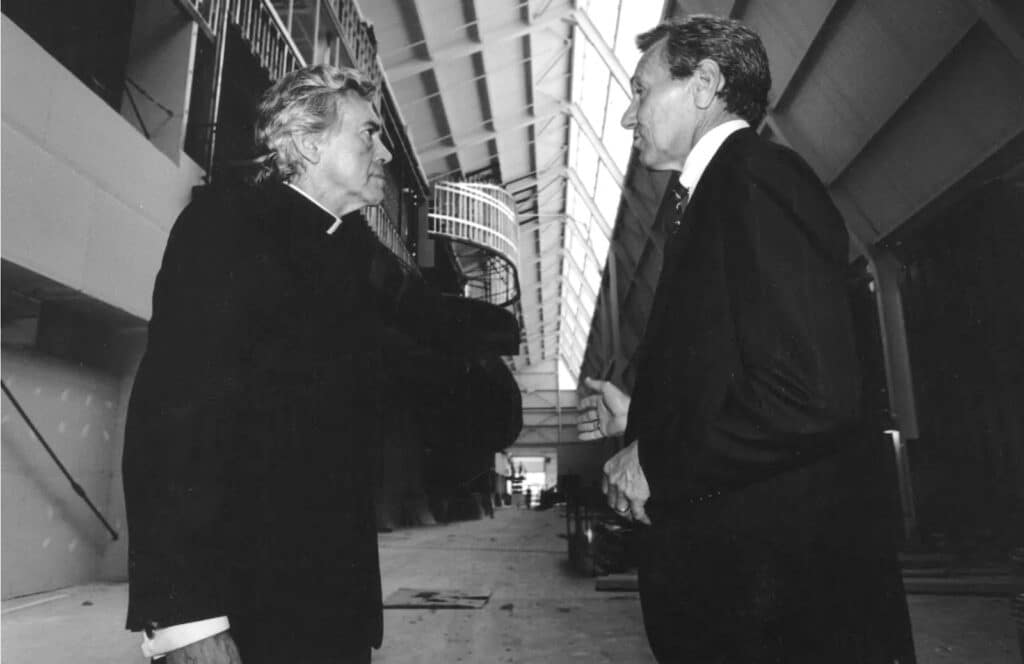
Then, when the controversial Smith was ready to retire, Reuss was named GM’s new president, the CEO spot going to Bob Stempel, who had been put in charge of the company’s Chevrolet-Pontiac-Canada operations.
Caught in the maelstrom
Reuss had barely settled into his new post when years of trouble caught up with the company, however.
Under Smith, GM had lost more than a dozen points of market share — nearly equal to the size of then-Chrysler Corp. With sales continuing to fall and GM’s balance sheet mired in the red, investors came looking for blood. Even as the new management team laid out a turnaround plan, Reuss found himself demoted in 1992, then forced out a year later. Stempel followed five months later, replaced in a boardroom coup by Jack Smith.
Staying put
There are whole communities in Florida populated by former Detroit auto executives who headed south as soon as they cashed their first retirement checks. Reuss wasn’t leaving, however. If anything, he ratcheted up a long involvement in Motor City community programs.
That included Focus: HOPE, a Detroit non-profit established in the wake of the city’s devastating 1968 riots. For many years, the organization focused on helping feed and house the city’s neediest. Reuss came aboard in a bid to help find good-paying careers for those who were otherwise saddled with dead-end jobs.
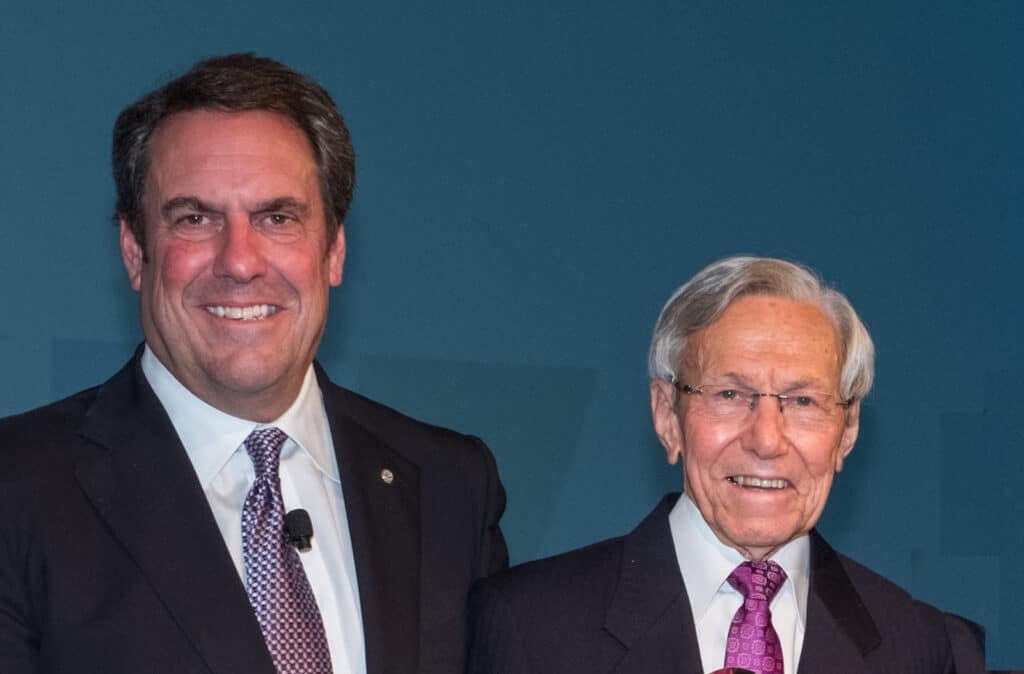
Focus: HOPE’s Center for Advanced Technologies helped more than 300 inner city residents gain STEM training, earning associates and bachelor’s degrees and, in many cases, landing engineering jobs with automakers and suppliers.
“They needed someone who could bring industry in and had established some rapport with the educational institutions,” Reuss once explained in an interview. “The people we are graduating are not just engineers. We’re putting a lot of emphasis on people becoming entrepreneurs.”
Setting the standard
Reuss continued to serve the Detroit community in a variety of ways, from working as a trustee with the Detroit Symphony Orchestra to a spot as board chairman for Lawrence Technical University. There were numerous other educational assignments with the Cranbrook Education Community, Vanderbilt University and Louisville Presbyterian University. The scion of a deeply religious family, he was an elder with the 1st Presbyterian Church of Birmingham (Michigan).
Reuss “set the standard for corporate leadership. As successful as he was in the auto industry, he has been equally successful in providing education and training opportunities to thousands of Detroiters,” Focus: HOPE CEO William F. Jones said, according to the Detroit News.
In a Facebook post announcing Reuss’s death, his family wrote that “He worked hard, yet always had time for us. A role model of integrity, fairness and will be remembered by many for giving back. He lived an amazing life and for that we are eternally grateful.”
- SEO Powered Content & PR Distribution. Get Amplified Today.
- Platoblockchain. Web3 Metaverse Intelligence. Knowledge Amplified. Access Here.
- Minting the Future w Adryenn Ashley. Access Here.
- Source: https://www.thedetroitbureau.com/2023/04/a-true-gm-man-former-president-lloyd-reuss-dead-at-86/
- :has
- :not
- :where
- $UP
- 1
- 2011
- 2019
- a
- According
- achievement
- advanced
- advocate
- After
- Agent
- Alert
- alone
- along
- also
- always
- amazing
- an
- analyst
- and
- Announcing
- answer
- antitrust
- April
- ARE
- Army
- AS
- At
- AUGUST
- auto
- automakers
- automotive
- award
- back
- Balance
- Balance Sheet
- BE
- become
- becoming
- been
- began
- Beginning
- bid
- Biggest
- billions
- Birmingham
- blood
- board
- bob
- body
- book
- born
- brand
- Break
- bring
- brought
- but
- by
- Cadillac
- car
- Career
- careers
- cars
- cases
- caught
- Center
- ceo
- chairman
- change
- charge
- charged
- Checks
- Chevrolet
- Children
- church
- City
- combining
- committed
- Communications
- Communities
- community
- Companies
- company
- Company’s
- complex
- Consumers
- continued
- continuing
- controlled
- controversial
- Corp
- Corporate
- could
- crisis
- Current
- Currently
- dead
- Death
- decades
- decided
- dedication
- deep
- deepest
- described
- determined
- devastating
- Development
- died
- Division
- dollars
- dominant
- dozen
- e
- Early
- Earning
- Earnings
- Education
- educational
- efforts
- elder
- emphasis
- engage
- engineer
- Engineering
- Engineers
- Entire
- entrepreneurs
- equally
- established
- Ether (ETH)
- Even
- everyone
- everything
- executive
- executives
- explained
- Face
- facilities
- fairness
- Fall
- family
- FAST
- faster
- Federal
- Federal government
- Find
- First
- florida
- Focus
- focused
- followed
- For
- Force
- Former
- found
- Free
- Friday
- from
- Gain
- gaining
- General
- General Motors
- Giving
- GM
- going
- good
- Government
- grateful
- Guy
- Hard
- Have
- he
- headed
- Held
- help
- helped
- helping
- Highlight
- highly
- holds
- Home
- hope
- House
- However
- HTTPS
- i
- illinois
- in
- included
- Including
- industry
- initially
- institutions
- integrity
- Interview
- into
- investing
- Investors
- involvement
- issues
- IT
- ITS
- jack
- Japanese
- Jobs
- jpg
- just
- known
- landing
- Late
- Laws
- lead
- leader
- Leadership
- leaving
- Led
- Life
- lifetime
- little
- Long
- looking
- Lot
- man
- management
- Management Team
- manner
- manufacturing
- many
- mark
- marked
- Market
- Marketing
- mary barra
- max-width
- Michigan
- model
- modeling
- months
- more
- most
- Motor
- Motors
- move
- Named
- nearly
- needed
- New
- new products
- news
- non-profit
- noted
- numerous
- of
- on
- ONE
- Operations
- opportunities
- organization
- Other
- Others
- otherwise
- own
- parts
- People
- plan
- plato
- Plato Data Intelligence
- PlatoData
- playing
- points
- populated
- positioned
- Post
- president
- press
- Products
- Programs
- prominent
- providing
- put
- Putting
- quality
- quicker
- quickly
- rapidly
- ready
- recovery
- Red
- reliability
- remaining
- replaced
- residents
- respected
- retirement
- Rise
- Role
- s
- Said
- sales
- Salesman
- same
- seemed
- sell
- Series
- serve
- service
- Settled
- several
- Share
- should
- significant
- since
- SIX
- Size
- small
- So
- some
- Someone
- Soon
- South
- Spending
- spent
- split
- Spot
- standard
- started
- Statement
- Stem
- Strategy
- strong
- Struggle
- successful
- Suit
- suppliers
- Survived
- Take
- talented
- team
- Technical
- Technologies
- television
- than
- that
- The
- their
- There.
- they
- those
- thousands
- three
- Ties
- time
- to
- TONE
- track
- Training
- transferred
- Transform
- trouble
- true
- Trustee
- Turned
- two-thirds
- u.s.
- Ultimately
- under
- unit
- university
- us
- variety
- various
- veteran
- Voice
- Wake
- walked
- Warmer
- was
- ways
- we
- WELL
- were
- when
- while
- WHO
- widely
- will
- with
- worked
- working
- world’s
- would
- year
- years
- you
- zephyrnet


